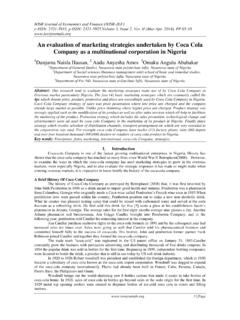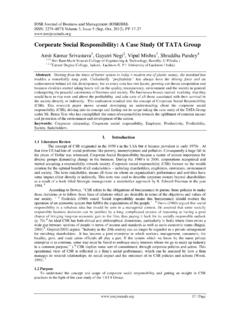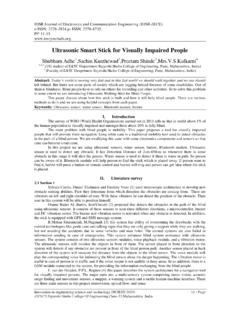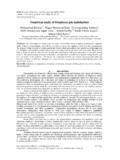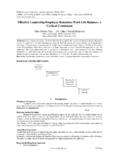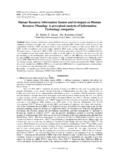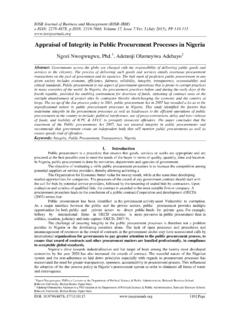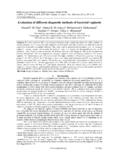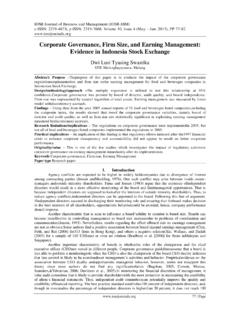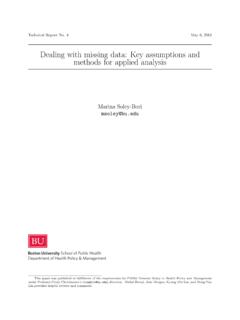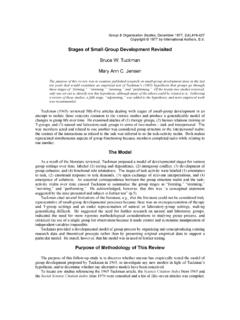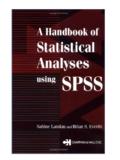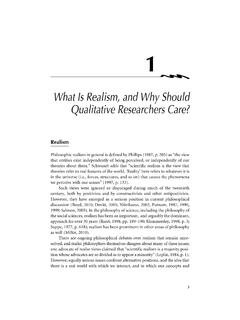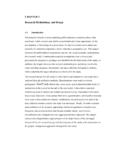Transcription of The Use of Audio-Visual Materials in the Teaching and ...
1 IOSR Journal of Research & Method in Education (IOSR-JRME) e-ISSN: 2320 7388,p-ISSN: 2320 737X Volume 1, Issue 6 (May. Jun. 2013), PP 44-55 44 | Page The Use of Audio-Visual Materials in the Teaching and Learning Processes in Colleges of Education in Benue State-Nigeria Doosuur Ashaver1, Sandra Mwuese Igyuve2 Benue State University, Makurdi-Nigeria Abstract: The work is the use of Audio-Visual resources in Colleges of Education in Benue State: with specific reference to the College of Education, Katsina-Ala. The study was based on achieving the following purposes: To evaluate how the library meets the needs of the teachers in supply of Audio-Visual Materials ; the types and quality of Audio-Visual Materials available in the college, their frequencies of use and inhibitions and finally what steps the librarian has taken in promoting or creating an awareness of the available Audio-Visual resources in the library.
2 Two sets of questionnaires were administered to lecturers and staff in order to elucidate the needed information. The researcher also went to the college to observe and also to administer the questionnaire. Through the questionnaire and observation made by the researcher, data were collected, organized and analysed using non-parametric statistical techniques like percentages and frequencies; mean was also used in research question three for easy analysis and discussion because of the number of the items involved. It was finally discovered that:The College collection of Audio-Visual Materials is fairly adequate. The lecturers in the college rarely use Audio-Visual resources in Teaching . The chalkboard is the only Audio-Visual material frequently used by the lecturers.
3 Non-availability, lack of supporting infrastructures and human factors are hindrances to the use of Audio-Visual aids in the college. There are numerous benefits that students derive from the use of Audio-Visual aids. The awareness of available Audio-Visual resources created by the librarian is not impressive. I. Introduction 1. Background Of The Study Webster s Encyclopeadia Unabridged Dictionary of the English Language, defines Audio-Visual a Aids as training or educational Materials directed at both the senses of hearing and the sense of sight, films, recordings, photographs, etc used in classroom instructions, library collections or the likes . The term has also been defined by (Dike, 1993) as; those Materials which do not depend solely upon reading to convey meaning.
4 They may present information through the sense of hearing as in audio resources, sight, as in visual resources or through a combination of senses. Indeed, the variety of such resources is a striking characteristic. According to (Anzaku, 2011) the term Audio-Visual Materials is commonly used to refer to those instructional Materials that may be used to convey meaning without complete dependence upon verbal symbols or language . Thus according to the above definition, a text book or a reference material does not fall within this grouping of instructional Materials but an illustration in a book does. Some Audio-Visual components are in the nature of process and experience, for example, dramatizing an event or a procedure or making diorama.
5 Some of the Audio-Visual Materials like the motion pictures require the use of equipment to release their latent value. Some do not need equipment at all like an exhibit or a study print. T his term designates in common usage both material things as well as processes such as field trips. Anzaku further stated that Audio-Visual Materials include Materials and equipment alike, that Materials are considered to be system, or body of content of potential value when put to work, while equipment or instructions, often referred to as hardware, components, are the means of presenting such content. The importance of Audio-Visual Materials in the Teaching and learning processes cannot be over emphasized. Below are some of the roles of Audio-Visual Materials .
6 Basing learning in sense experience, Extending experience ,Encouraging participation, Stimulating interest ,Individualizes instructions, Serves as a source of information, Making leaning permanent,1) Basing learning in sense experience: stressing the importance of Audio-Visual Materials , ( Ngozi, Samuel, , , 2012) unanimously agreed that Audio-Visual Materials are very important and useful in education because, the normal learner in so far as the functions of his preceptor mechanisms are concerned, gains understanding in terms of multiple impression recorded through the eye, ear, touch and other series. This is to say that Audio-Visual Materials are the equipment through which that function can occur, that is does not occur in isolation, rather through a balance pattern from any preceptor mechanism that are stimulated by external occurrences.
7 The Use Of Audio-Visual Materials In The Teaching And Learning Processes In Colleges Of 45 | Page (Eze, 2013) also states that the human being learns more easily and faster by Audio-Visual processes than by verbal explanations alone. His ability to arrive at abstract concept through perceptual experience is however a phenomenon not clearly explained and perhaps not explicable. Furthermore, (Oketunji, 2000) stressed that Audio-Visual Materials when effectively used have these advantages. They lessen major weakness of verbalism, humanize and vitalize subject matter, provide interesting approach to new topics and give initial correct impressions, economic time in learning, supply concrete Materials needed, stimulate the initiative of the pupils.
8 Swank, (2011). stressing the effectiveness of visual Materials in leaning, estimated that about 40% of our concepts are based upon visual experience, 25% upon auditory, 17% on tactile, 15% upon miscellaous organic sensation and 3% upon taste smell. With the above assertion, it becomes clearer why Audio-Visual Materials are important in the Teaching and learning processes. This is because, they bring the different senses contributions together to get 100% clarity. 2. Extending Experience: (Gopal V. P. 2010) stressed that Audio-Visual Materials help the teacher to overcome physical difficulties of presenting subject matter. That is to say, with Audio-Visual Materials , the barrier of communication and distance is broken.
9 The culture and climatic conditions of other countries can be brought into the classroom with the aid of slides, films, filmstrips and projectors. This is important because, according to Dike (1993) once the phenomenon is visualized, the picture and knowledge becomes very clear and permanent . Agreeing to this assertion, a 20th century Chinese philosopher stated that one picture is worth a thousand words . 3. Encouraging Participation (Natoli, C. 2011) once again added that Audio-Visual Materials are rich opportunities for students to develop communication skill while actively engaged in solving meaningful problems . In other words, students certainly like it more and learn better if they are engaged in important and appealing activities.
10 For example, involving students in bulletin board display will enhance their choice of colour and aid their understanding of the concept in question or when they join the teacher in dramatization of an event or a process. 4. Stimulating Interest According to (Katherine M. 2009) learning takes place effectively when the teacher sets out to provide learning situation in which a child will learn because of his natural reactions of the provided Materials . During the process of learning, the teacher has to provide the learning situation to satisfy the natural reaction of the learner and this is through the use of instructional aids. The attention of the learner is caught and his interest is also won and he is ready to learn.
